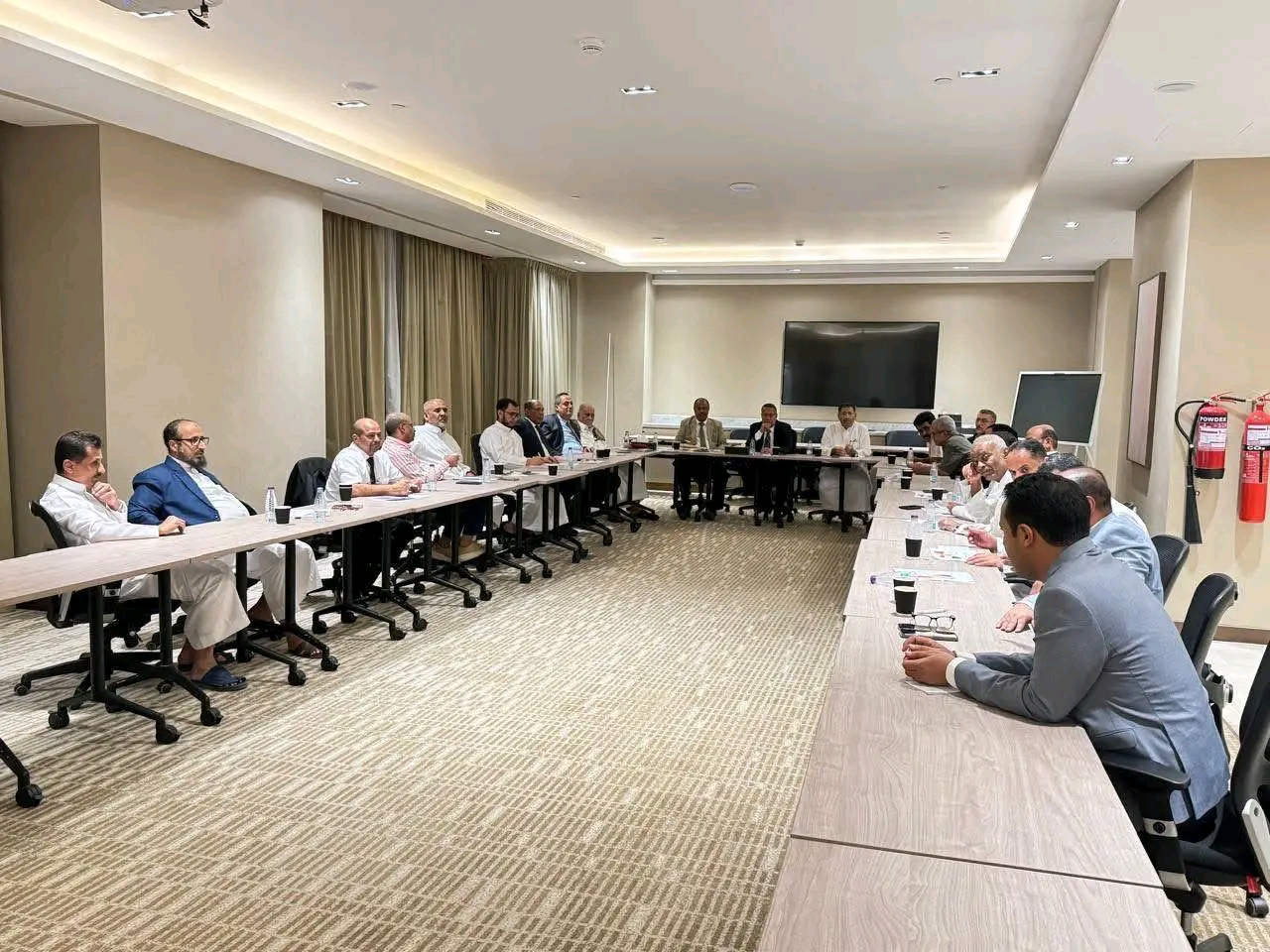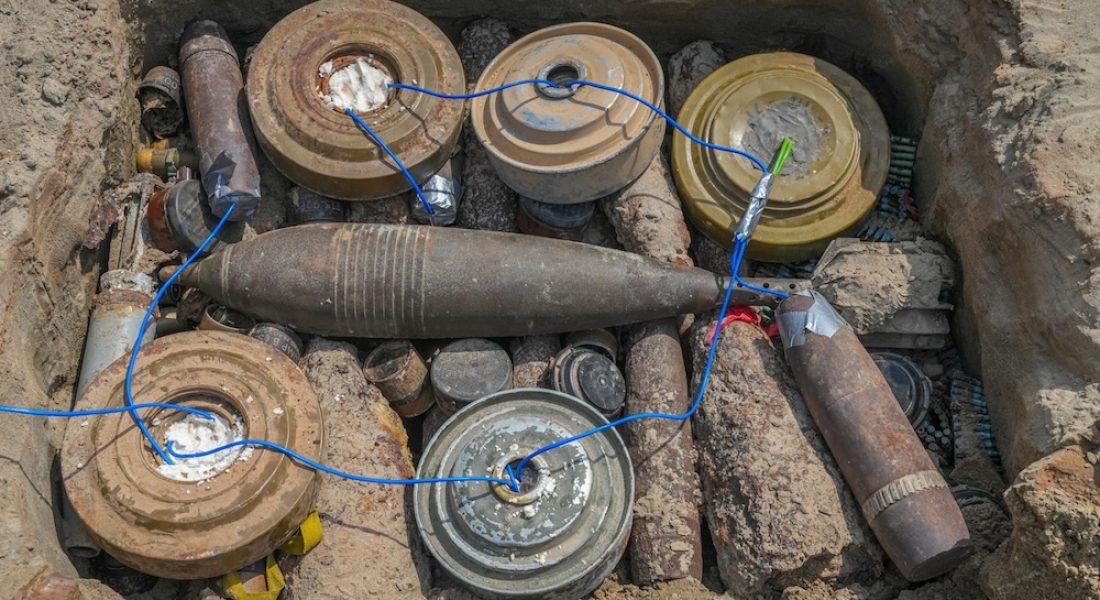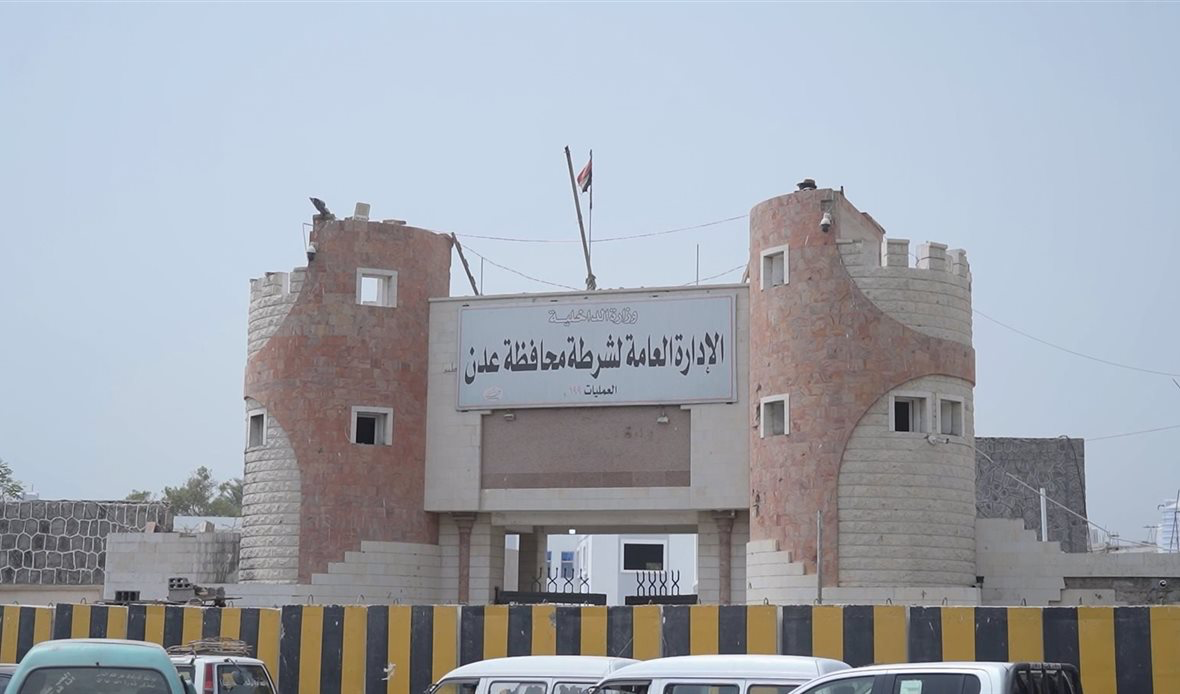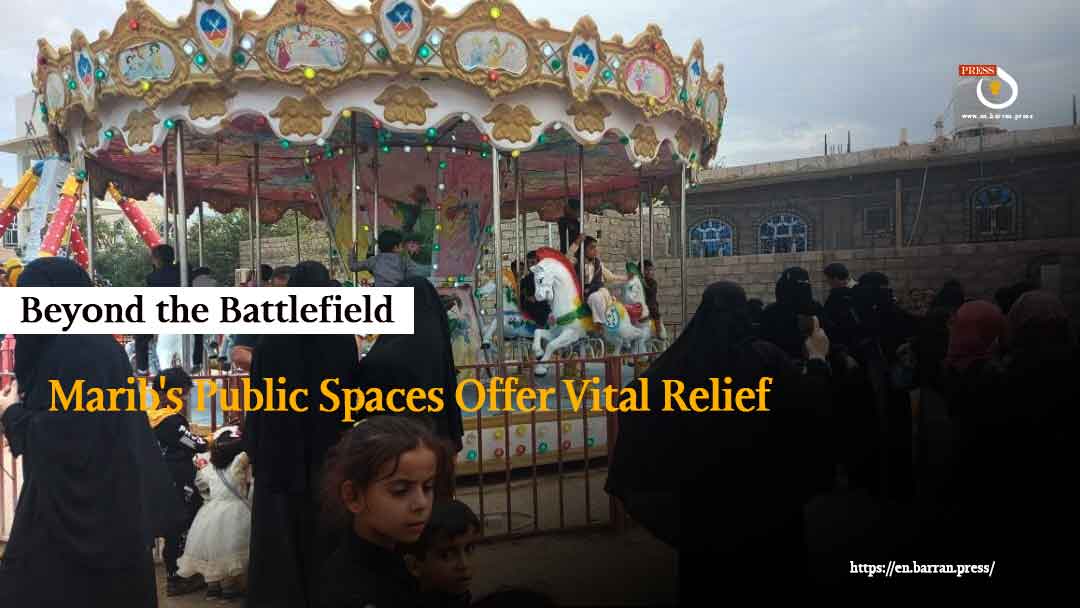
Barran Press
Marib Governorate in northeast Yemen is a land rich with historic landmarks, each whispering tales of a deep-rooted past. Yet, for the past nine years, Yemen’s ongoing war has shuttered the region to both domestic and foreign tourism. Once merely a historic city, Marib has transformed into a defensive stronghold, a bastion for preserving the Republic and restoring the state. Amid this turmoil, finding moments of relief has become a daily struggle for residents, particularly during holidays and official breaks.
Despite the battles raging on its outskirts, Marib has seen remarkable growth in its infrastructure in recent years, with numerous development and service projects taking shape. Still, parks and recreational spaces remain scarce, falling short of the needs of a population swollen by more than 2 million displaced people since 2015. As a result, sidewalks and small public areas have become vital havens for the community.
Um Yasmin, a displaced resident of Marib, shared her perspective with Barran Press: “Honestly, despite the overcrowding and lack of options, the existence of parks is a wonderful step for Marib. They give us somewhere to take our children, to breathe and shift the mood, even if just for a few hours.” She emphasized their broader impact: “These parks, though few, bring together people from all walks of life. They stand as proof of our enduring need for joy and hope.”
Reflecting on the challenges, she added, “Life here is tough—war, displacement, and immense psychological strain. Without these spaces, people might collapse under the weight of their worries. We need places like this to release negativity and feel that life goes on, no matter the circumstances.”
For 20-year-old Huda Saif, the parks offer a rare escape. She told Barran Press, “Marib’s parks are our first and last refuge. They let us savor Eid’s joy with family and friends, tune out the chaos, and break the monotony, especially during special occasions.”
In a city reshaped by conflict, these modest public spaces have become more than just amenities—they are lifelines, stitching together a community in search of normalcy and resilience.
For Huda, Eid in Marib is a fleeting escape. She gathers with friends in one of the city’s scarce green spaces, sharing nuts, simple sweets, and conversations while snapping photos. “In those moments, we feel like girls in stable cities, each trying to forget her worries,” she told Barran Press. These modest parks, though limited, carry a profound sense of joy and hope for residents.
A Lost Cradle of Civilization Located 172 kilometers east of Yemen’s capital, Sanaa, Marib Governorate spans mountains, valleys, plains, and the northern reaches of the Empty Quarter desert. Once a thriving hub of the Sabaean civilization, it boasted landmarks like the Great Marib Dam, drawing visitors from across Yemen and beyond. But since the Iran-backed Houthi group’s invasion of Sanaa in late 2014 and the subsequent escalation of war in Marib, tourism has all but vanished. Historic sites, once outlets for locals and travelers, now stand silent, battered by conflict and inaccessible due to security threats.
Sidewalks and Squares as Sanctuaries
With parks overcrowded and insufficient, residents, especially youth, have turned to alternatives like Martyr Sha’lan Square at the city’s southern edge. Photojournalist Iyad Al-Burayhee described it as an open-air haven where thousands flock on Eid mornings, seeking festivity absent elsewhere. “It’s the best option for a stroll,” he told Barran Press, outshining costly tourist resorts and rest houses that have emerged in recent years.
Zakaria Hassan echoed this sentiment, noting the square’s popularity but lamenting its cramped seating and lack of privacy for families. “We need more attention to these spaces,” he said, calling it a humanitarian duty to ease the burdens of war and displacement.
A City Under Strain Marib hosts over 2.2 million displaced people—62% of Yemen’s total and 76% of those in government-controlled areas—living in 208 camps and urban communities, according to Saif Muthanna, head of the Executive Unit for the Displaced. This influx has doubled pressure on infrastructure, including recreational spaces. “Population growth and rapid urban expansion have outpaced funding for parks and open areas,” Muthanna explained to Barran Press. He proposed solutions like converting unused land into green spaces with playgrounds, seating, and restrooms, alongside partnerships with local and international organizations for support.
Echoes of a Lost Past Mubarak Nasser Al-Bakri, a local, mourned the loss of accessible landmarks. “The Marib Dam, our city’s pride, is off-limits due to Houthi attacks,” he told Barran Press. Archaeological treasures like the Baran/Arsh Bilqis and Awam Sabaean temples lack basic amenities, limiting their use. “War has eroded open spaces, replaced by haphazard construction,” he said, noting that existing parks are too small for the growing population, exposing a stark gap between need and reality.
A Call for Action
Mohammed Atiyah, Executive General Manager of Marib’s Cleaning and Improvement Fund, acknowledged the city’s unprecedented expansion. “We once had just a few gardens, barely enough for nearby residents,” he told Barran Press. War-fueled sprawl has swallowed potential parkland, but future projects aim to create new recreational spaces. “This isn’t just the local authority’s burden,” Atiyah stressed. “We urgently need donors and investors to help preserve what’s left.”
In a city reshaped by conflict and displacement, Marib’s sidewalks, squares, and dwindling parks are more than mere spaces—they’re lifelines, fragile yet vital, for a population clinging to resilience.


